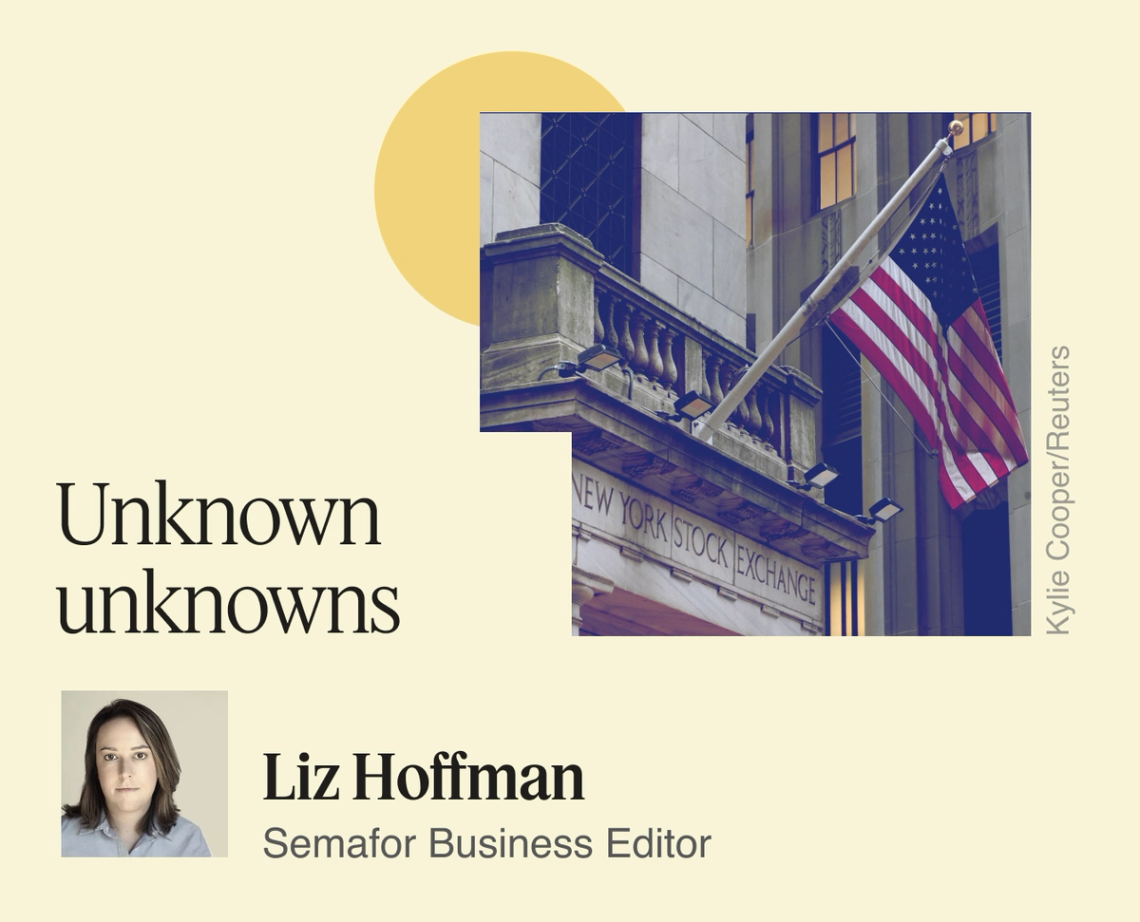 Welcome back to Semafor Business, and happy tax day for our US readers. (There’s still decent money to be made betting on a congressional tax fight.) The question with any financial shock isn’t the point of impact. It’s the blast radius. The 2008 crisis began in subprime mortgages, but the wonders of securitization spread it everywhere. The dot-com crash was fairly self-contained. When Thailand unpegged its currency in 1997, we got the Asian financial crisis. When Switzerland did the same in 2015, the drama lasted just a few days. President Donald Trump’s tariff shock moved from the stock market to the bond market. The question now is whether it stays there. A chief concern is private credit, the catch-all term for lending that happens at investment firms instead of banks. They hold $1 trillion more in loans than they did in 2016, and lent a lot of that money in the frothy days of 2021 and 2022. The bear case is obvious but superficial: Private credit is huge, untested, and opaque. Anytime $1 trillion pours into a newfangled idea during Peak Good Times, you can expect some trouble. The push by these investment funds to raise mom-and-pop money in particular bears watching. (See: Barry Sternlicht’s asset-bleeding property trust.) The arguments against a looming crisis are more convincing to me for now. These funds rely less on borrowed money than banks (leverage hovers around $1 for every $1 in assets, compared to $10 at banks today and $25 or more at banks pre-2008). They lend to companies that should be more resilient to a downturn or tariffs, like software and health care providers. And unlike at banks, most private credit money is locked up. Many also have long-term bond funding. Compare that to Silicon Valley Bank, which borrowed overnight from its depositors and bought 30-year Treasury bonds. Some private loans might go bad (some have) but those are called credit losses, not financial crises. Another potential trouble spot is university endowments. We delve into their quandary in today’s newsletter — not their PR nightmare, but their cash crunch. |